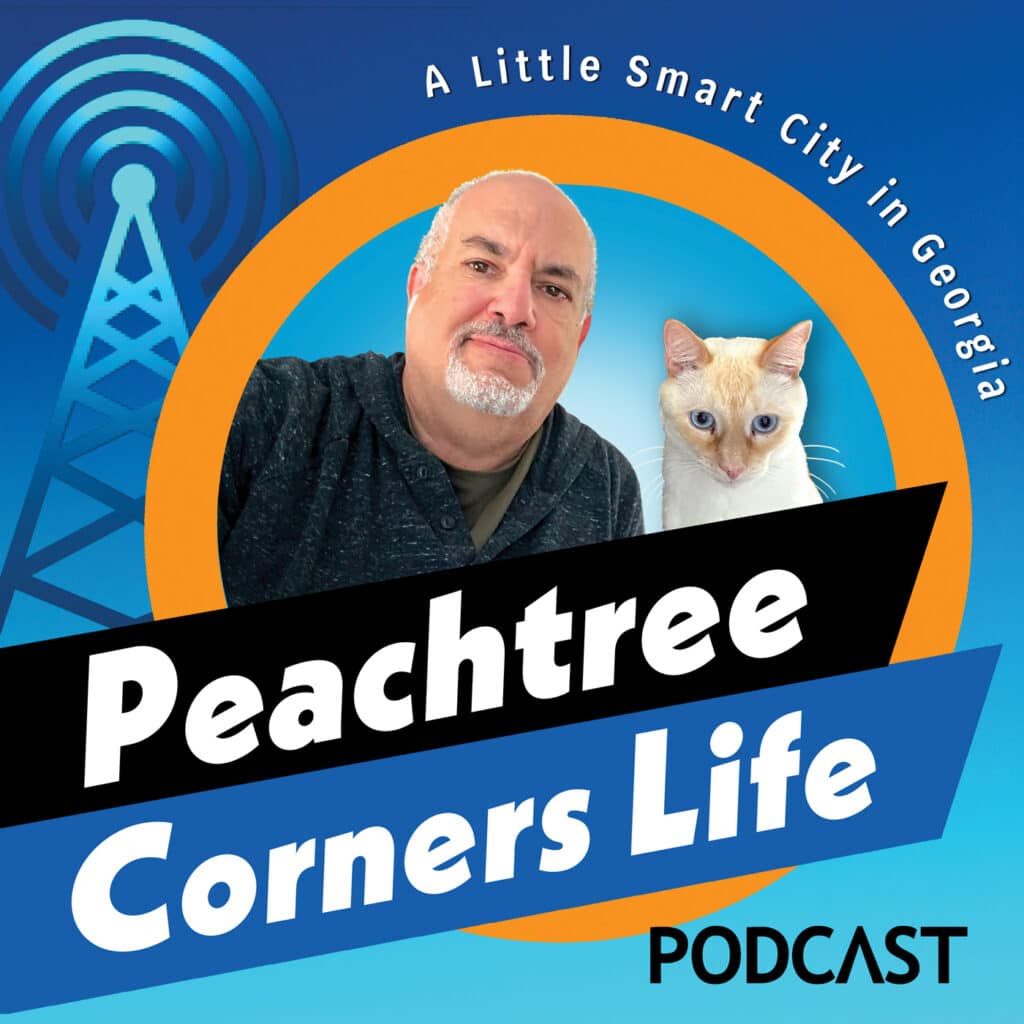Community
Who were the brave new settlers? – Book Excerpt
Published
4 years agoon
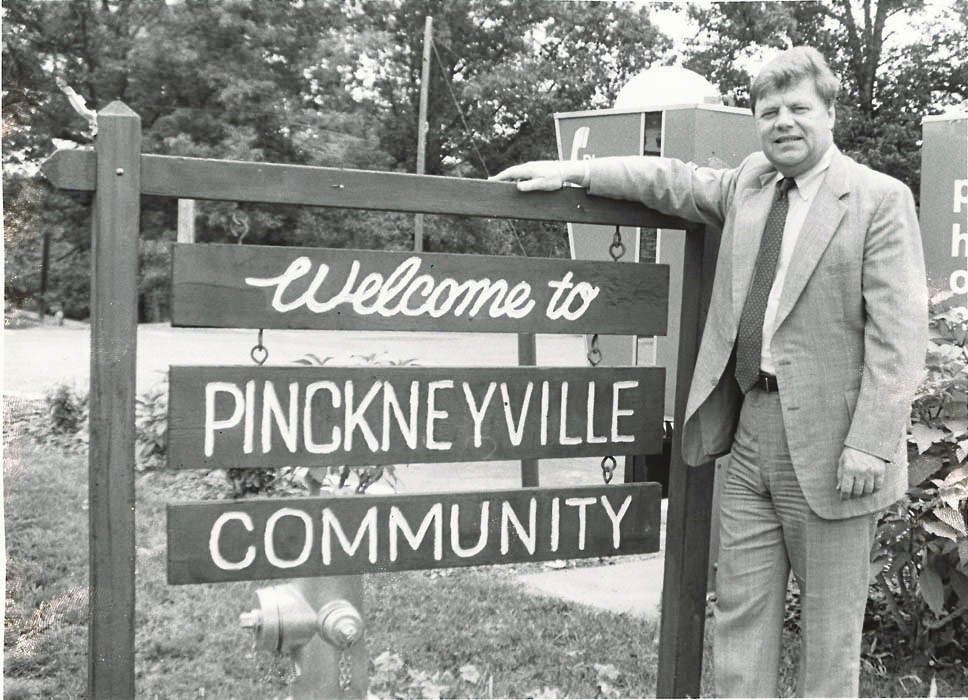
* An excerpt of “Peachtree Corners, the History of an Innovative and Remarkable City”.
The new Georgia territory, a frontier that opened to the south and to the west at that time, was explored and settled, in part, to serve as a buffer protecting South Carolina from Spaniards coming north from Florida. Contrary to some popular historical accounts, Georgia was not settled just by prison debtors brought from England by British parliamentarian and soldier James Oglethorpe. For the new colony Oglethorpe founded, trustees sought out carpenters, tailors, bakers, merchants, and farmers to settle the region. Pioneers with these skills would ensure the success of the newest settlements.
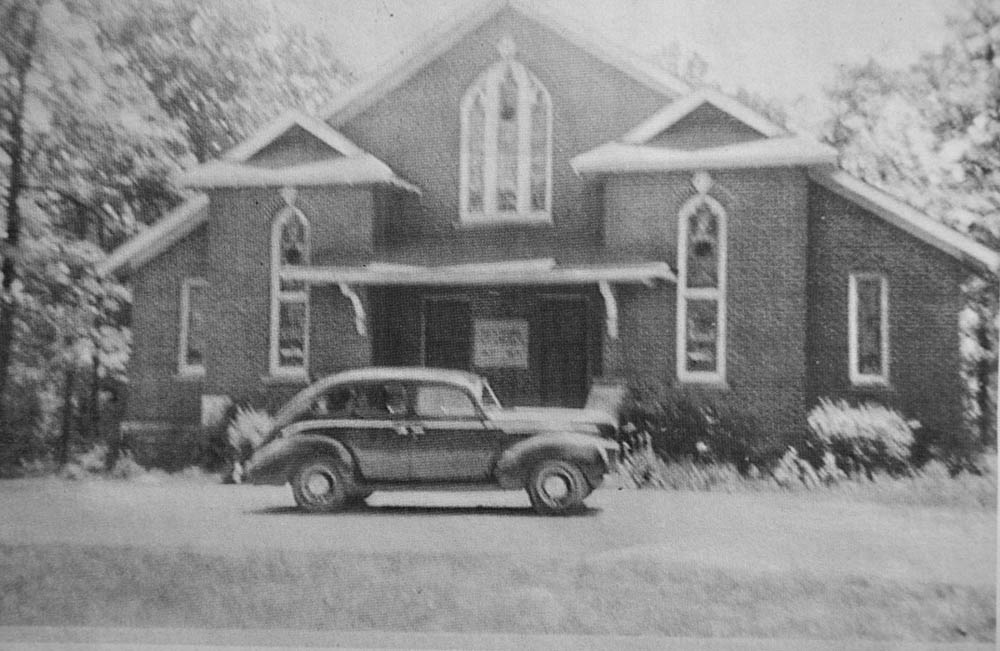
When Georgia was first colonized, it was a frontier state; not much land west of the area had been occupied or even explored by English settlers. Early maps, including an 1825 map outlining the stagecoach route through the town of Pinckneyville, show DeKalb, Gwinnett, and Hall counties bordered by the Chattahoochee River, and territory north of the river is labeled “Cherokee Indian” territory.
Pinckneyville and the Hunnicutt Inn
Bentley’s Nursery and Stoneyard, located at 3319 Medlock Bridge Road, sits adjacent to the four acres on which the old Hunnicutt Inn in Pinckneyville was located. The inn also served as a stagecoach stop, a spot of great importance to travelers and merchants in the early 1800s.
The Hunnicutt Inn was also a Cherokee Trading Post for a time. Today, a self-storage warehouse is located on that richly historical spot.
Travelers depended upon the stagecoach, since traveling alone was both unsafe and uncomfortable. Businesses and banks used stagecoaches to transport goods, money, and mail. That same stagecoach line made cattle trading possible from points west down to south Georgia. Farmers made use of the stagecoach to do business in the Atlanta market, and this particular stagecoach line provided a vital connection to the neighboring state of Alabama. From the late 1700s until railroads began to crisscross the state in the late 1800s, the stagecoach lines were as critical to travel and business as airports are today.

The Hunnicutt Inn served as a stagecoach and travelers’ stop until just after the Civil War, when the railroad was built. Records indicate that a tavern was located either inside or adjacent to the inn, and it was owned by a man named William Greer. The inn was a massive wooden structure held together with large nails and thick, wooden pegs, made by Hunnicutt himself. Where the inn once stood, rusty handmade nails, wooden pegs, and pieces of heavy timber can still be unearthed on that piece of property today. They are all that’s left of that historically rich frontier inn and stagecoach stop.
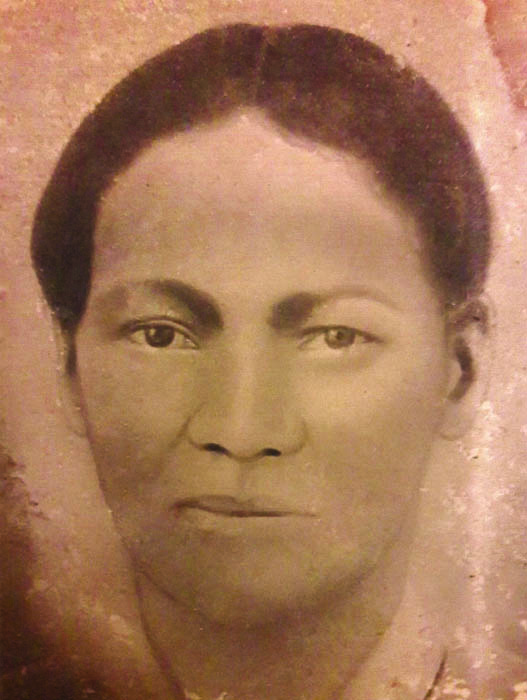
Massive fireplaces and wide plank wood floors were characteristic of the Hunnicutt Inn and other such structures in the early 1800s, as was one interesting feature that was most necessary in the days when Georgia was the westernmost frontier of the young country. A trap door in the wide front porch opened to a safe hiding spot from raiding Indians. Tensions often arose between the new settlers and Native Americans, especially the Creek, who didn’t become a minority population in Georgia until the mid-1700s. The encroachment of the arrogant new settlers, with their brash ways and empty promises, provoked even the most hospitable Native Americans.

A stagecoach map, on display in Mt. Carmel United Methodist Church in Peachtree Corners, clearly shows that the territory north of the Chattahoochee River was designated as Cherokee Indian Territory. That same map shows the westernmost area of Georgia, abutting Alabama, was designated “Lower Creek Indians.” Settlers coming into the area known today as western Gwinnett County were truly a brave lot of frontier pioneers.
The Enchanted Land
The community of Pinckneyville was settled in the early 1800s; most accounts cite 1826 as the year Pinckneyville was established. However, some records indicate the name “Pinckneyville” was first used for the settlement as early as 1799. The sparsely populated area and its farmers were settled just east of the Chattahoochee River, an early nod to the farmers’ respect for the river and the rhythm of regular flooding along the riverbank. The Chattahoochee governed a great deal of the farmers’ fortunes, not only because of its nutrient-rich bottomland and the abundance of crops that it produced, but also because of the frequency with which the river flooded well beyond its boundaries. Farmers and landowners had to contend with the Chattahoochee’s flooding until the 1950s, when the river was dammed, and Lake Lanier was built by the U.S. Army Corps of Engineers. The lake was named for Sidney Lanier, a Confederate soldier, poet, and graduate of Oglethorpe University in Atlanta, because of his poem “Song of the Chattahoochee.”

Jonathan Phillips)
The river, of course, meant as much to the Creek and Cherokee people as it did to the new settlers. A thorough chronicling of the history of Peachtree Corners cannot be complete without including the fate of the Native Americans who lived in the area before the English settlers arrived.
As early as the late 1600s, Native Americans inhabited Georgia, including the area that would not be named Gwinnett County for more than one hundred years. They had dubbed north Georgia the “Enchanted Land.” Dense forests, clear rivers and lakes, and plentiful wildlife made the region a haven for them, as well as for intrepid English, French, and German settlers. And while “white” settlers were legally prohibited from settling in the regions occupied by Native Americans, some defied the law and squatted in Indian territory anyway.
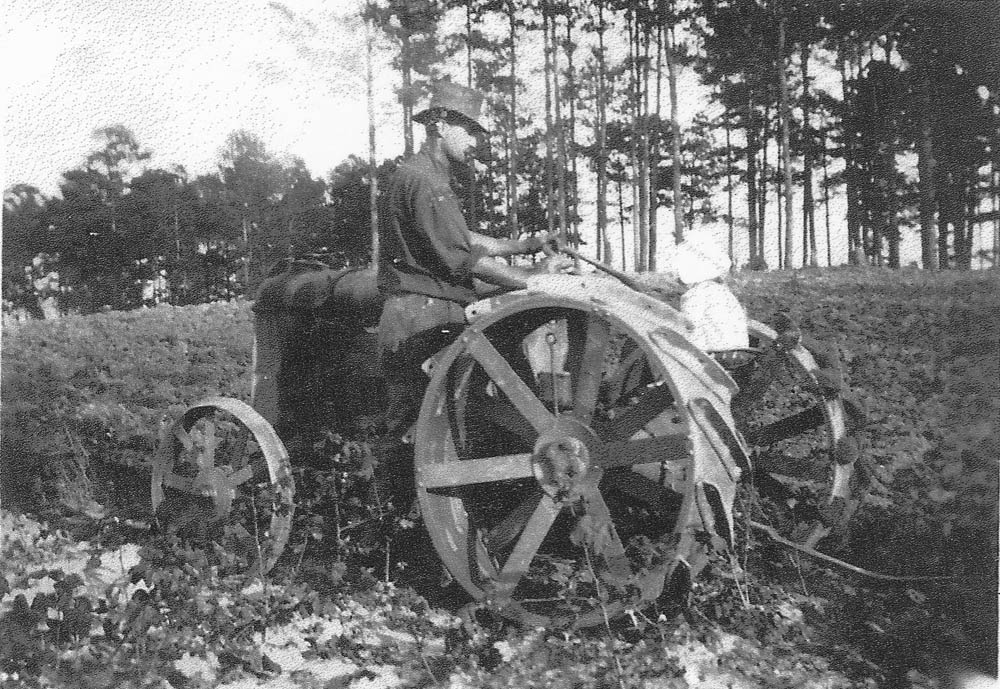
climate were perfect for growing corn (Medlock family – Jane Garner)
Nowhere was the land more enchanted than in the area now designated Gwinnett County. The natural resources and mild climate were powerful draws, not only for Native American tribes, but also for settlers seeking to make a home and a living in the New World. Pioneering families came to the state with a desire for adventure, exploration, and a new start in a grand new land of plenty. The vastly different cultures and practices were bound to collide.
With advanced agricultural practices, sophisticated tools and weapons, beautiful art, schools, courts, houses, and villages built of wood structures, the Creek and Cherokee people were known as two of the five civilized nations in the New World. The Cherokee were close allies, as well as trading partners, with the British during much of the 18th century. Still Cherokee, and often Creek, raiding parties would attack the new backcountry settlers who were illegally living on, or even encroaching on, their lands. In addition to direct attacks by Native Americans, settlers often got caught in the midst of skirmishes between Cherokee and Creek warriors. Settling in Georgia in the early 1800s was most definitely not for the faint of heart, but the draw of the ancient river and the fertile bottomlands that bounded it was too powerful for courageous settlers to resist.
—Excerpt from “Peachtree Corners, the History of an Innovative and Remarkable City 1777-2020” by Carole Townsend.
History of Peachtree Corners’ Book to Debut Soon
Peachtree Corners has a rich and colorful history. Centuries ago, Native Americans roamed the land bordered by the Chattahoochee River and later, strong and resilient families settled in the area and farmed the fertile land. Today, the city has become a magnet for futuristic technology.
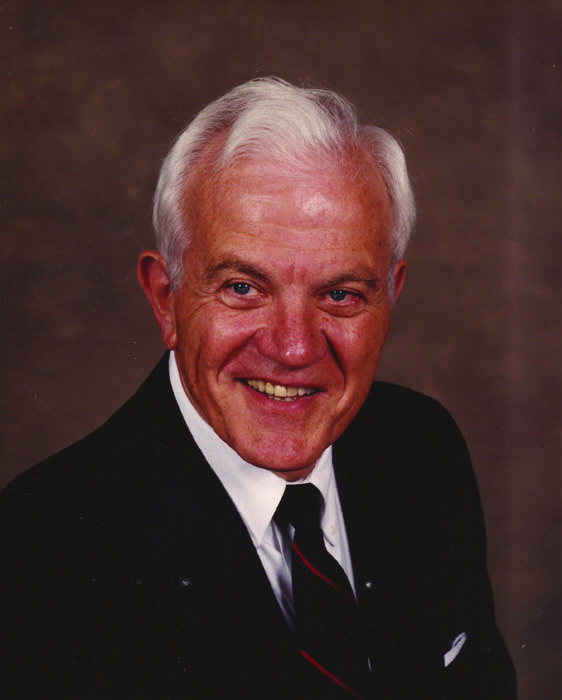
The City of Peachtree Corners announced that its storied past has been captured in the community’s first history book. The book, titled Peachtree Corners, the History of an Innovative and Remarkable City 1777-2020, is filled with stories of long ago. Numerous historical photographs add to the story of the community’s rich past. The 230-page coffee table-style book is expected to be released soon.
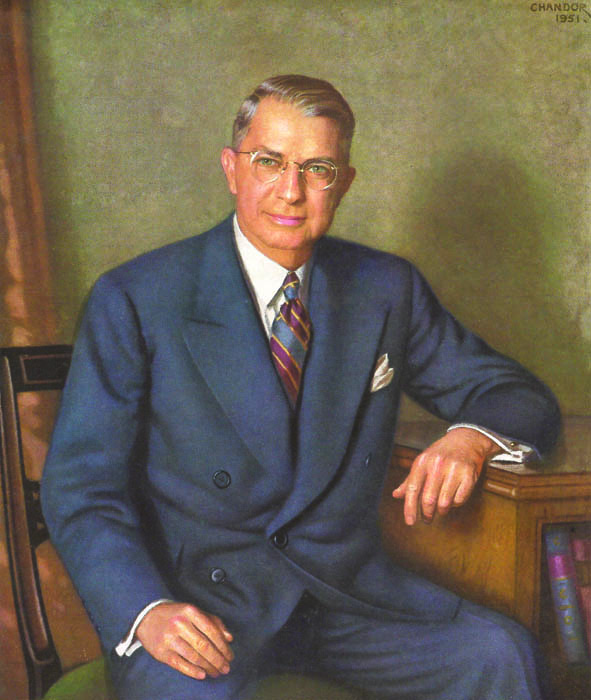
Well-known author Carole Townsend tells the story of the early days when the Creek Indians claimed the land as their own, then takes the reader on a journey of the early settlers through the eyes of long-time residents who recall farm life. That life was hinged on a good crop year which determined if the farmer’s children would have new shoes for the coming school year. The city’s history ends with its modern-day transformation that began in the 1970s when Georgia Tech engineer and developer Paul Duke began purchasing land for Technology Park and the surrounding community.
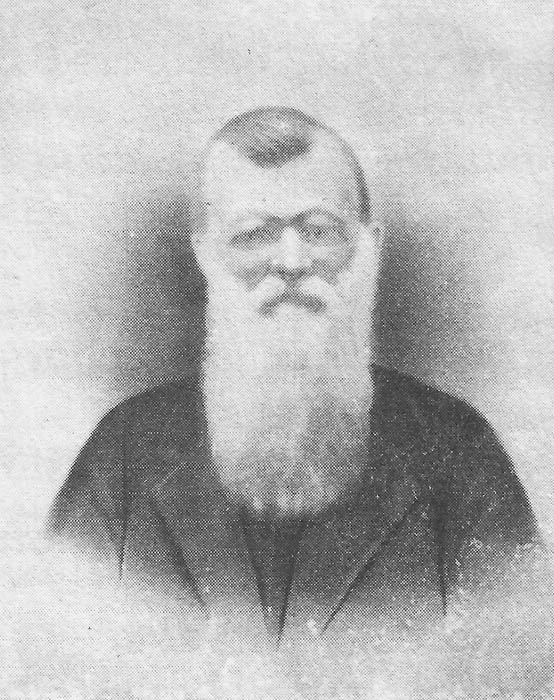
“What an honor it was for me to be invited to trace Peachtree Corners’ history back to the days of Native American inhabitation,” said Townsend. “For a city as progressive as this one is, to honor its history as it has with this unique book, is truly remarkable.”
Townsend, an Atlanta native and 30-year Gwinnett resident, is a longtime journalist and published author with six books to her name. She was named a finalist for the 2017 Georgia Author of the Year Award for “Blood in the Soil,” a true account of the shooting of controversial publisher Larry Flynt.
“This book thoughtfully recounts the past and present of our community through personal narratives of the people who lived here and knew it best,” said Mayor Mike Mason. “It’s their memories and photographs that we set out to capture and preserve. What is the future of Peachtree Corners? That’s a story for another book.”
Peachtree Corners, the History of an Innovative and Remarkable City, was published by Deeds Publishing, in Athens, Georgia, and will be available through the city of Peachtree Corners’ website.
Books must be purchased online and then picked up at City Hall (Monday – Friday 9 a.m. – 4 p.m.) Please allow 2 days for processing and then the order may be picked up at the receptionist desk. All sales are online, no walk-in purchases available. Purchase copies here
Related
City of Peachtree Corners
Our Growing Deer Population: What to Do?
Published
3 days agoon
April 2, 2025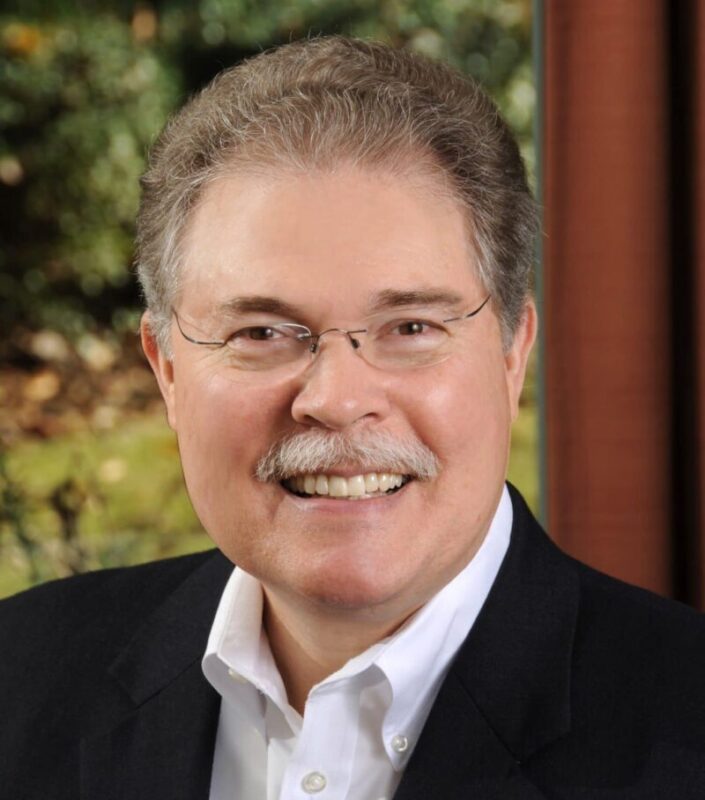
I want to take a moment to address an issue that has been increasingly affecting our community — the growing deer population.
Over the past few years, we have observed a significant increase in the number of deer within Peachtree Corners, leading to heightened concerns about public safety, property damage and ecological impacts. I want to share what we are doing to address these challenges and how you can be part of the solution.
The surge in the deer population poses several threats to our community:
1. Landscape damage: Deer feeding on ornamental plants, shrubs and trees results in significant property damage and costly repairs for homeowners.
2. Increased risk of deer-vehicle collisions: Frequent road crossings, often under low-visibility conditions, pose serious safety risks to drivers and passengers.
3. Adverse ecological impacts: Excessive browsing by deer diminishes plant diversity, impacting the availability of food for other wildlife.
4. Public health concerns: High deer densities contribute to an increase in ticks, elevating the risk of Lyme disease and other tick-borne illnesses.
To address these challenges, the City of Peachtree Corners is collaborating with wildlife officials from the Georgia Department of Natural Resources (GADNR) Urban Wildlife Program and the U.S. Department of Agriculture (USDA) Wildlife Services.
These partnerships are vital, as GADNR holds primary authority over wildlife management, and USDA brings extensive experience in urban wildlife management. By working together, we aim to develop a comprehensive approach tailored to our community’s unique needs.
Based on recommendations from our partners, the City is actively developing a comprehensive deer management plan. The plan aims to mitigate the public safety, property damage, ecological and public health impacts caused by the growing deer population.
Here’s what we are doing:
1. Population surveys: Utilizing advanced tools like trail cameras and thermal imaging to accurately assess deer numbers.
2. Habitat assessments: Evaluating the impact of the deer population on local vegetation and biodiversity.
3. Community involvement: Updating the “PTC Report It” app to allow residents to report deer-related concerns and submit photographs.
4. Data analysis: Collaborating with federal and state partners to analyze data and determine a sustainable deer population for our community.
Once the assessment phase is complete, the city will adopt a deer management plan. Since many deer reside on private property, the plan will offer property owners city-supported options for managing deer. This includes educational programs, habitat modification techniques and access to targeted population reduction initiatives.
Our goal is to facilitate relationships between wildlife officials and residents to ensure a balanced approach that protects public safety, preserves property and maintains ecological integrity.
Here are a few ways you can help:
• Complete the Deer Impact Survey: Available online. Your input will help us gather valuable data on deer population densities and their impact.
• Report concerns: Use the “PTC Report It” app or go online to report deer-related issues and share photos.
• Stay informed: Follow our updates and participate in any upcoming GADNR workshops to stay informed about deer management efforts.
I truly appreciate your support and cooperation as we work together to address these challenges and protect the quality of life in Peachtree Corners. Thank you for being engaged and committed to our community.
Related
City of Peachtree Corners
Public Notice: Scheduled Maintenance on Town Center Parking Deck
Published
2 weeks agoon
March 25, 2025
Maintenance and repairs will take place from March through July; the deck will remain open to the public throughout
Starting the week of March 24, the City of Peachtree Corners will begin scheduled maintenance and repairs on the Town Center Parking Deck. These improvements are expected to continue through July 2025 and are necessary to ensure the longevity of the structure.
During this period, the deck will remain open to the public, but the repair areas will be temporarily closed on a rolling basis. These closures will allow crews to efficiently complete the necessary work while minimizing disruption to tenants, customers and residents.
To assist with navigation, directional signage, barriers and other safety measures will be in place to guide drivers and pedestrians safely around work areas. For public safety, drivers must follow the directional signage and only park in the open sections of the deck.
The city appreciates the public’s patience and cooperation as they work to maintain a safe and well-functioning parking facility.
For project updates, visit peachtreecornersga.gov.
Related
City of Peachtree Corners
Fun for a Good Cause at Curiosity Lab’s Inaugural 5K Run/Walk
Published
2 weeks agoon
March 18, 2025
The Charity Run/Walk will be part of Curiosity Lab’s annual Criterium event
Expect a day of thrilling races and family-friendly fun at the inaugural Curiosity Lab Charity 5K Run/Walk followed by the Curiosity Lab Criterium on Sunday, April 27.
The day-long community event will kick off at 8 a.m., when registration opens for the 5K. The race will start at 9 a.m. and end at 10:30 a.m., and the Criterium will begin at 11:15 a.m.
In addition to the running and cycling events, there will also be kid’s races, food & beverage vendors, a kids zone, a DJ spinning tunes and more fun throughout the day.
The Charity 5K Run/Walk
Presented by Werfen and Sidel, with additional support provided by Atlas Collaborative and the City of Peachtree Corners, the Charity 5K Run/Walk will benefit the American Leukemia and Lymphoma Society and 100% of the registration fees will be donated.
While no prizes will be given for the race, bib timing will be used for those who would like to see their times. And each registrant will receive a Curiosity Lab Charity 5K Run/Walk t-shirt for participating.
Registration for the 5K is open now.

Curiosity Lab Criterium
Following the 5K, hang around and experience the Curiosity Lab Criterium, part of U.S. Pro Cycling’s Speed Week.
Speed Week is a premiere week-long event on the U.S. Pro Cycling Circuit that draws cyclists from around the world, including Olympic medalists and world and national champions. In 2024, the professional men’s and women’s events drew cyclists from over 30 states and more than 20 countries.

Join in the excitement and watch as some of the world’s top male and female Criterium Racers tackle the most challenging track on the circuit.
The details
The 2025 Curiosity Lab Criterium & 5K will take place on a course located within the world-famous Curiosity Lab at Peachtree Corners — a 5G-enabled, 500-acre living laboratory ecosystem designed specifically as a proving ground for IoT, mobility and smart city emerging technologies.
Location: Curiosity Lab at City Hall • 310 Technology Pkwy NW, Peachtree Corners
Date and time: 8 a.m. to 8 p.m. The 5K starts at 9 a.m and ends at 10:30 a.m. The Criterium begins at 11:15 a.m.
Parking for the event will be located at 400 and 420 Technology Parkway, Peachtree Corners.
For more information, visit peachtreecornersga.gov.
Related
Read the Digital Edition
Subscribe
Keep Up With Peachtree Corners News
Join our mailing list to receive the latest news and updates from our team.
You have Successfully Subscribed!

Expanding Horizons: How KGM Technologies Balances Defense, Medical, and Precision Manufacturing

Why Patient Experience Matters: A Conversation with Dr. Aristo Shyn

Our Growing Deer Population: What to Do?

Inside the Solicitor General’s Office: Lisamarie Bristol on Justice in Gwinnett County

Public Notice: Scheduled Maintenance on Town Center Parking Deck

Mike Schleifer to Leave Alliance for Lincoln Center Theater

Holy Week, Easter Sunday and Church Events in April

Peachtree Corners Business Shines on “The Blox”

Peachtree Corners Business Shines on “The Blox”

Our Growing Deer Population: What to Do?

Holy Week, Easter Sunday and Church Events in April

Expanding Horizons: How KGM Technologies Balances Defense, Medical, and Precision Manufacturing

Mike Schleifer to Leave Alliance for Lincoln Center Theater

Public Notice: Scheduled Maintenance on Town Center Parking Deck

Inside the Solicitor General’s Office: Lisamarie Bristol on Justice in Gwinnett County

Why Patient Experience Matters: A Conversation with Dr. Aristo Shyn

Light up the Corners [Video]

Capitalist Sage: Business Leadership in Your Community [Podcast]

Cliff Bramble: A Culinary Adventure through Italy

Top 10 Brunch Places in Gwinnett County

A Hunger for Hospitality

THE CORNERS EPISODE 3 – BLAXICAN PART 1

Top 10 Indoor Things To Do This Winter

The ED Hour: What it takes to Remove Barriers from Education
